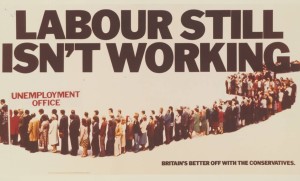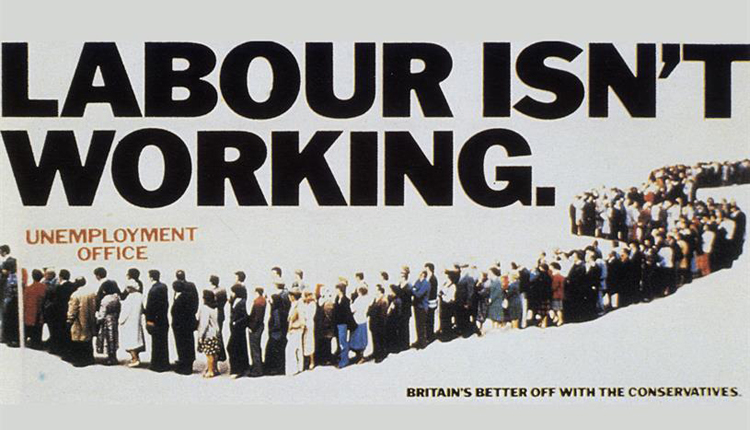After marking our mock exams a few years ago something struck me. Our students were often failing to get high marks on questions about source evaluation (this was the source paper for OCR Modern World).
After closer analysis of examiners reports, mark-schemes and student responses, I realised that we needed some new strategies to improve grades in GCSE source evaluation.
What our students were failing to do was consider why the sources were made. They were OK with the message of political cartoons or posters, but rarely explained the purpose behind them. The examiner’s report for that year stated: ‘that some candidates find it difficult to interpret the sources. There is an obvious need for pupils to consider why the sources were produced and how this influences what the sources says.’ This was exactly what was going wrong. They were not considering the purpose of the sources they were looking at.
Now here is the thing: nearly all of the questions about source evaluation give the highest marks for students who manage to answer the question with reference to the provenance and purpose of the source (and still answer the question).
Don’t get me wrong. I am not one to teach to the test. But in this case I think that the examiners are right (and you don’t here me say that very often).
The difference between weaker and brighter students is that brighter kids consider the purpose of a source. Years ago Alec Fisher and I realised that the threshold for students who were above a L5 did not just take sources at face value. They could see that they were one sided. The smarter they were, the more they could not only see that sources were untrustworthy, but they could see why they were made!
Questions which ask how similar two sources are give high marks if the students consider how similar are the purpose of the sources are. Questions that ask why was source X made are looking for purpose. Questions about utility want students to think about the origin and purpose in their answer.
By the way, a short digression, what is the most stupid questions ever asked in a history source exam?
Answer: How far does source G make what source H says surprising?
Is it just me or is this a stupid question!!? These types of questions have been set in OCR exams over the last few years. Crazy! I always thought that assessment methods should be clear, accessible and challenging. This isn’t.
It is a question of guessing what is in the examiners head – was he or she drunk when they set this? Is it just pretentiousness? Do the examiners want to show how clever they are? I am so pleased that this type of question will be confined to the dustbin of history exams from 2018.
Anyway, when looking at the mark-scheme for this question, top marks are also given to the students who talk about the purpose of the two sources before deciding that it isn’t surprising… I personally think top marks should be given for students who write, ‘what a stupid question, are you on drugs Mr or Mrs Examiner?’ However, this isn’t going to get Johnny or Shannon a decent GCSE grade…
So, coming back to our problem, we worked out what our students were struggling with – origin and purpose. Next we had to quickly worked out how to address these issues and support year 11.
At the time, we knew that we needed a quick fix – a lesson really nailing this. We also subsequently planned a more progressive curriculum to iron out this issue.
Our quick fix lesson:
 We started off with some real life examples. The first was this famous poster. We discussed the message: Labour isn’t working: Labour policies are making people unemployed.
We started off with some real life examples. The first was this famous poster. We discussed the message: Labour isn’t working: Labour policies are making people unemployed.
I then asked them what the purpose was?
A: to get people to vote for The Conservatives in the election of next year and therefore help the Tories into power.
Interestingly, when you read Dominic Sandbrook’s brilliant Seasons in the Sun, the poster was actually used a year before the 1979 election to little effect. Funny how we remember things differently.
Good. They were beginning to get it. Time to analyse two modern adverts…
The rest of this content is for members only. Please Register or login.



